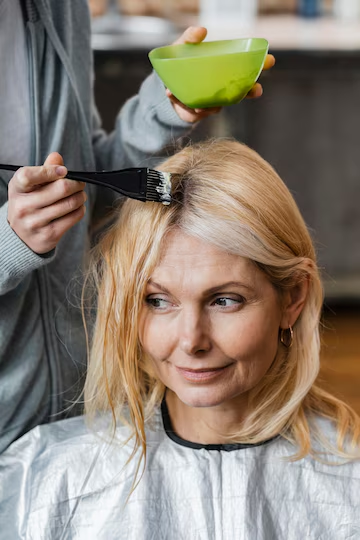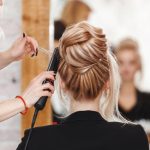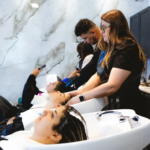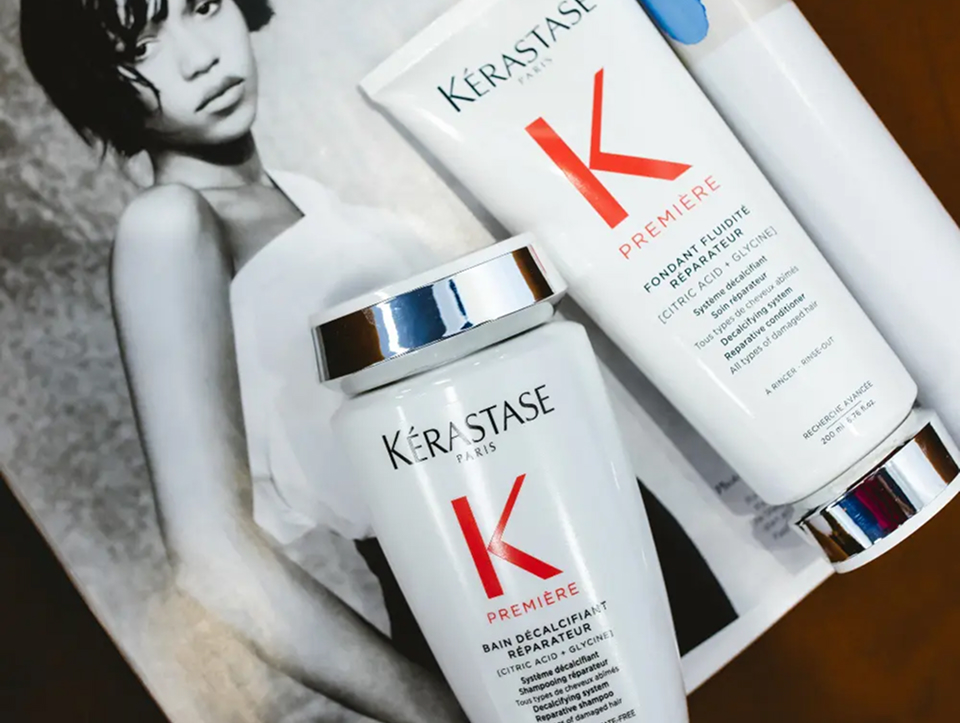Understanding how your hair changes as you age can help you take proactive steps to maintain its health, shine, and strength. As we move through each decade, hair naturally changes texture, density, and color. This guide shares expert-backed tips and solutions for keeping your hair vibrant in your 20s, 30s, 40s, 50s, and beyond.
Your Hair in Your 20s: The Prime Years
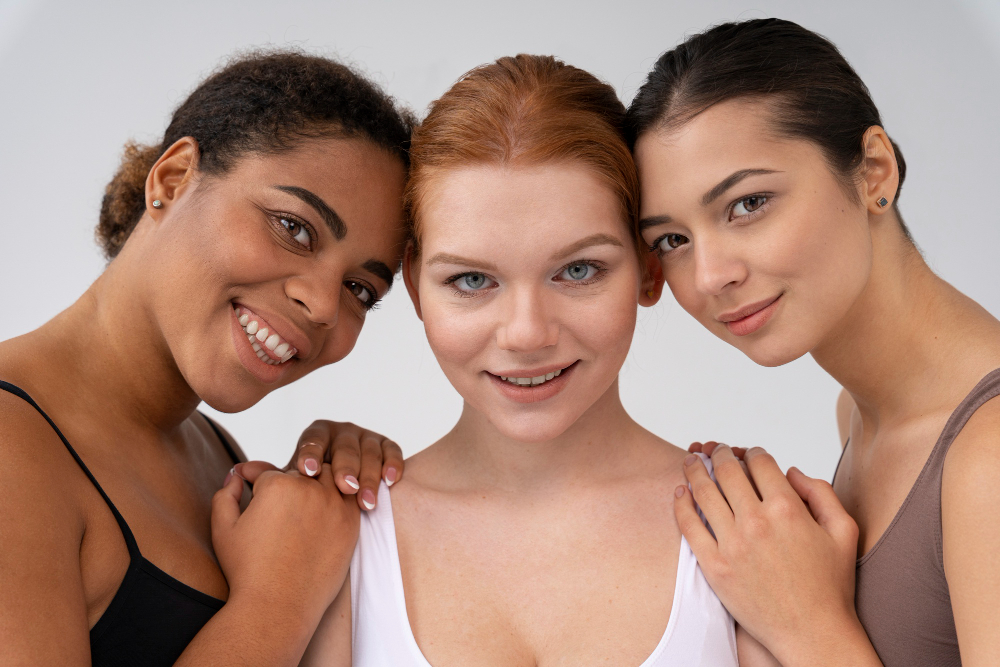
Characteristics:
- Thick, strong, and full of life.
- Minimal graying or thinning.
Changes:
- Hair density peaks around age 27.
- Hormonal fluctuations can affect oil production.
Solutions:
- Maintain a balanced diet rich in vitamins and minerals.
- Use gentle hair care products to preserve natural oils.
- Avoid excessive heat styling to prevent damage.
💡 Tip: Start incorporating scalp care early with treatments like scalp therapy to support healthy growth.
Your Hair in Your 30s: Early Signs of Changes
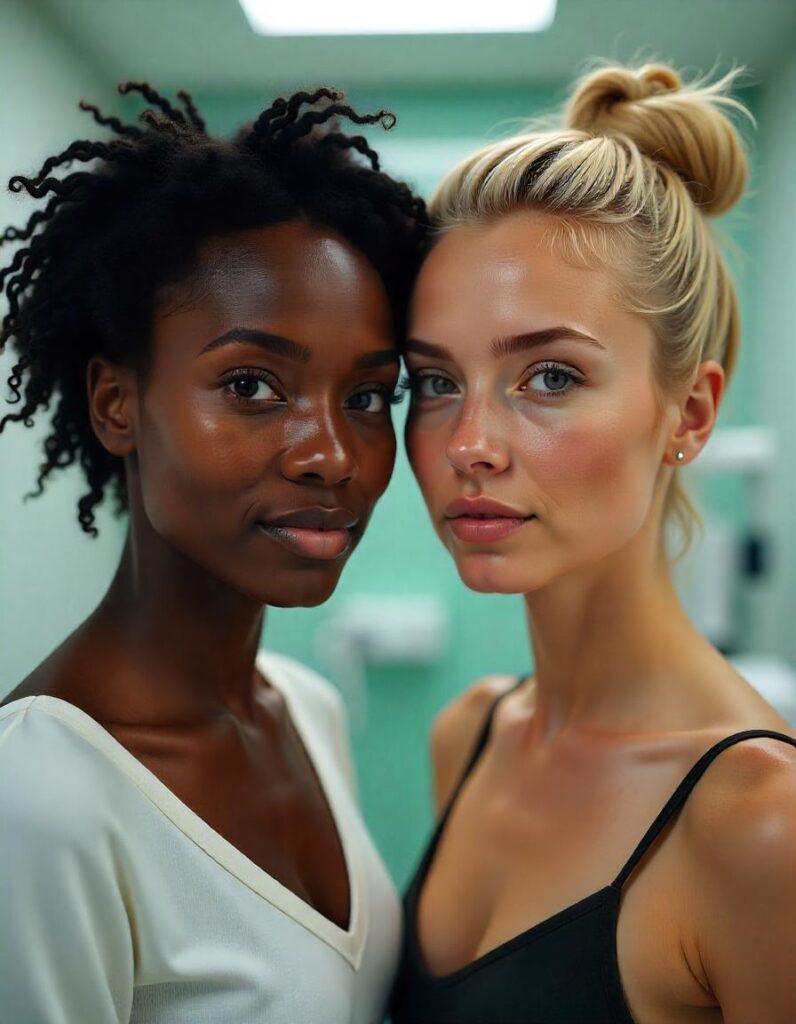
Characteristics:
- Slight graying may start at the temples.
- Hair may feel drier or more brittle.
Changes:
- Reduced melanin production leads to graying.
- Hair growth rate slows down.
Solutions:
- Regular trims can help maintain healthy ends.
- Use color-safe shampoos and consider temporary lowlights or highlights to blend grays.
- Incorporate deep conditioning treatments to restore moisture.
- Consider using products designed to enhance shine and reduce frizz.
Understanding how your hair changes as you age in your 30s allows you to prevent damage and maintain shine.
Your Hair in Your 40s: Noticeable Changes
Hair Characteristics: More noticeable graying, gradual thinning.
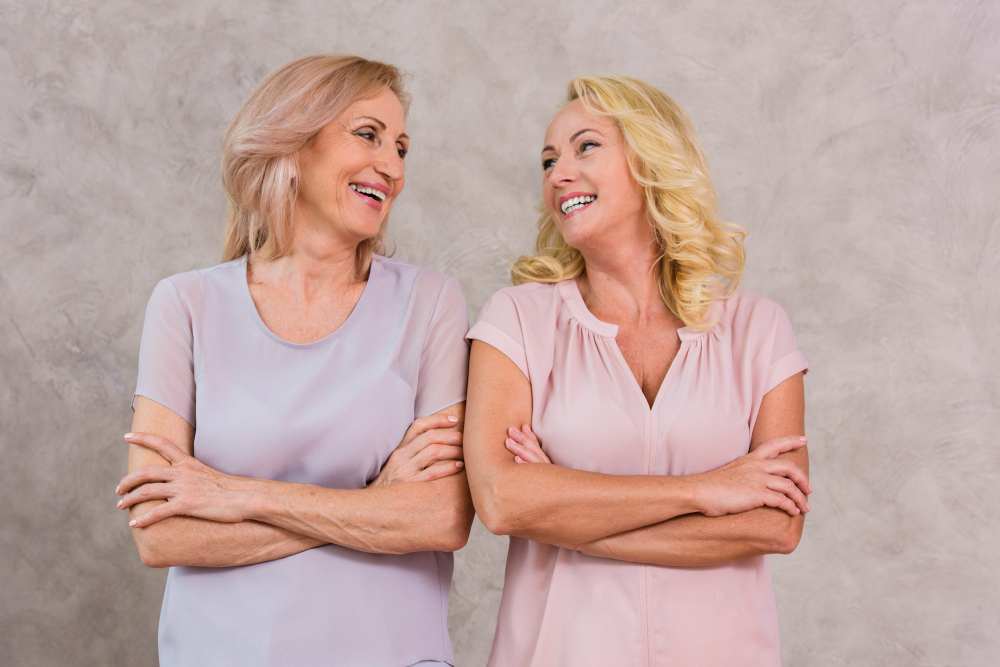
Common Changes:
- Dryness and brittleness due to reduced natural oils
- Frizz becomes more apparent
Solutions:
- Restore shine with a gloss treatment
- Repair and hydrate with hair oils
- Stimulate follicles with scalp massages to encourage healthy growth
💡 Tip: Consider growth-supporting products like minoxidil for thinning areas. Be patient, these solutions take time to show results.
Your Hair in Your 50s and Beyond
Hair Characteristics: Thinning, finer texture, and more pronounced grays.
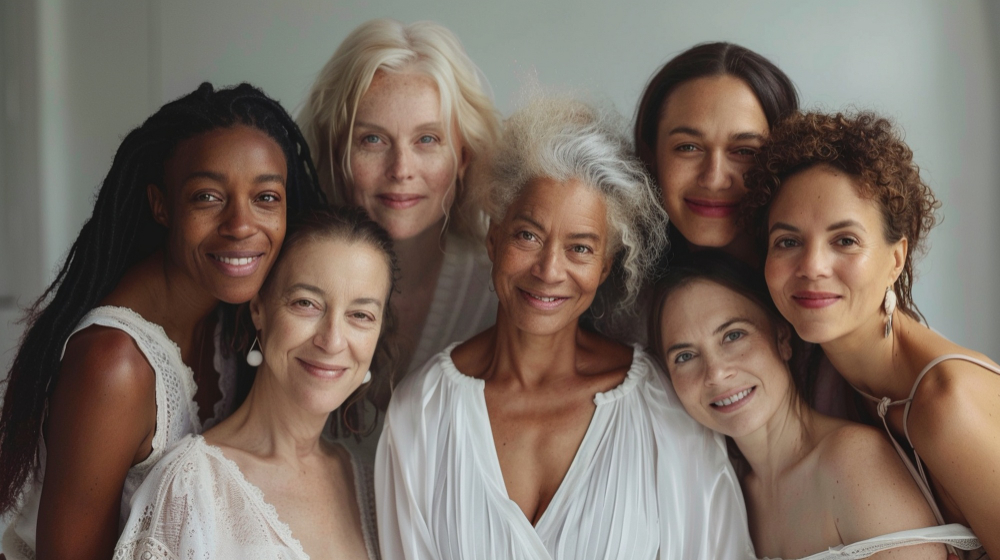
Common Changes:
- Increased dryness
- Fragile scalp
- Curl pattern changes
Solutions:
- Switch to hydrating shampoos and butter-based styling products for coarse hair.
- Adjust your wash routine to prevent dryness and frizz
- Embrace your natural texture and avoid over-processing
- Continue supportive treatments like scalp therapy and deep conditioning
💡 Tip: Work with a stylist to create a personalized routine that fits your lifestyle and hair type. Book a consultation here.
Common Hair Changes at Any Age
Even though the exact timing varies, there are some universal signs of how your hair changes as you age that almost everyone experiences:
More Grays
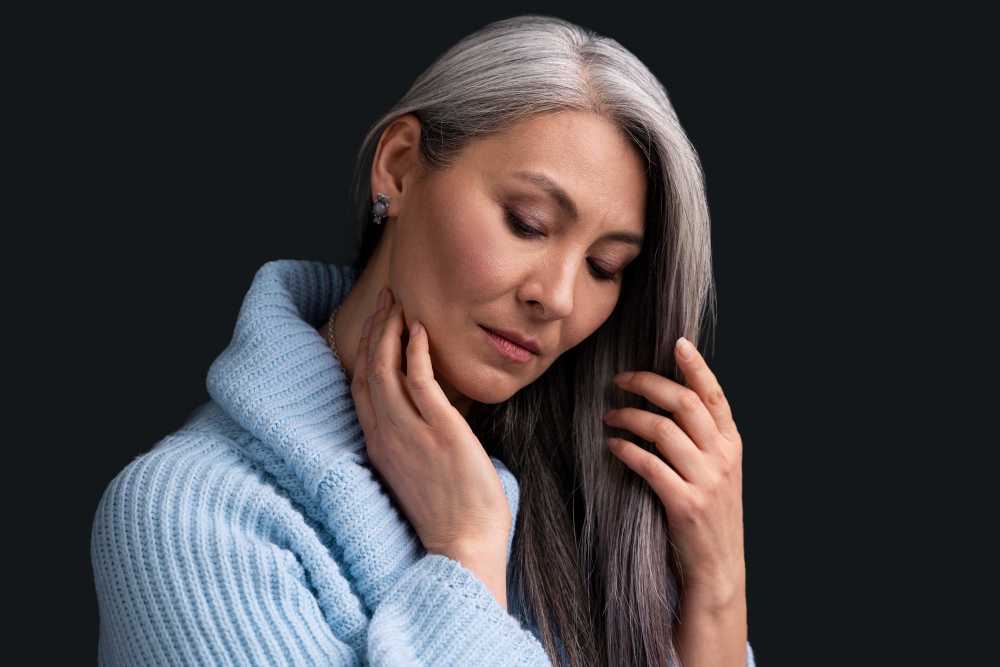
Grays aren’t just a color change; the texture can become coarser and dull. Use temporary hair color or a gloss treatment to restore vibrance. While graying due to stress isn’t permanent, genetics plays a key role.
Hair Growth Slows Down
Aging slows growth to roughly 1 cm per month. Ensure you’re not deficient in iron, vitamin D, or biotin. Treatments include:
- Minoxidil
- Scalp therapy
- Regular trims
Hair Gets Thinner

Hair naturally thins with age. Adding biotin or natural oils can help retain volume. Topical minoxidil works even if oral options are restricted.
Hair Frizzes More
Dry, brittle hair leads to frizz. Combat this with leave-in conditioners, hair oils, and moisture-rich treatments.
Hair Loss
Hair shedding is normal. Products vary by gender; always check concentrations. Complement treatments with scalp massages to boost circulation and nutrient delivery.
Curl Pattern Changes

Hair texture can change over time. Adapt your routine:
- Fine hair → lightweight creams
- Coarse hair → butter-based products
- Deep conditioning once a week
Knowing how your hair changes as you age helps you adapt your care routine accordingly.
Embrace Your Hair at Every Age
Your hair evolves over the decades from grays and thinning to texture shifts and frizz.
While aging is inevitable, the proper care routine can keep your hair healthy and beautiful.
If you’re struggling to maintain your hair’s health, our stylists can craft a personalized care routine tailored to your hair type and lifestyle.
FAQ
At what age does hair typically start to gray?
Graying can begin in your 30s, with many experiencing noticeable gray hair by age 50. Genetics and lifestyle factors play significant roles in this process.
How can I prevent hair thinning as I age?
Maintaining a healthy diet, avoiding excessive heat styling, and using hair-thickening products can help reduce the appearance of thinning hair.
Are there treatments for hair loss in older adults?
Yes, treatments like minoxidil, hair restoration therapies, and certain medications can be effective. Consult with a healthcare professional to explore options suitable for your condition.
What are professional tips for caring for aging hair?
Deep conditioning, regular trims, proper hydration, and protective styling are recommended.
How can I manage dryness and frizz?
Use moisture-rich shampoos and conditioners, hair oils, and minimize chemical processing.

